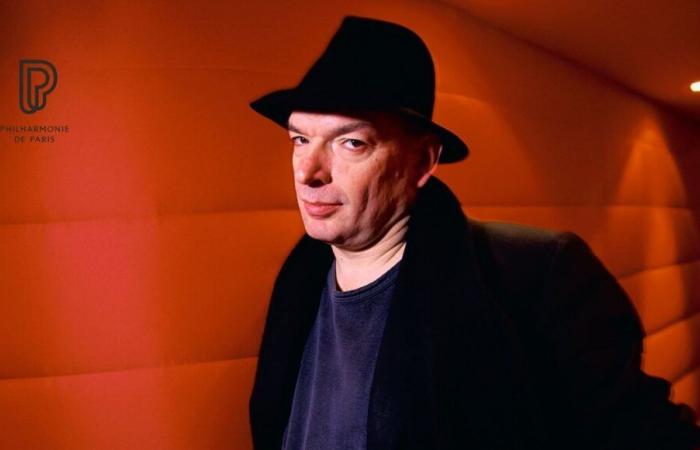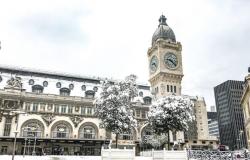
As the tenth anniversary of the inauguration of the Philharmonie de Paris approaches, Jean Nouvel came to discuss within “his” walls with Olivier Mantei about the way in which he had imagined this place, for Music and in its urban environment.
The Philharmonie de Paris by the person who designed it: Jean Nouvel returns to this project in dialogue with the director of the premises, Olivier Mantei and explains more broadly his vision of architecture and its links with music.
“The first thing I wanted was for this Philharmonie to belong to the park [de la Villette]that it does not alter the park, that it does not diminish it. » When he talks about this achievement, Jean Nouvel first states that it was “lucky” for him to be able to build in this district a large concert hall that many imagined would be more natural in the center of Paris. This place, he welcomes, is now considered an urban place, and an open building. More and more open, even, since as the architect and Olivier Mantei remind us, the season marking the tenth anniversary of the Philharmonie (inaugurated in January 2015) should also be the one marking the end of the project.
“The first quality of a concert hall is its silence”
The Paths of Philosophy Listen later
Lecture listen 58 min
To protect the room from the noise of the city (and the ring road, in particular), Jean Nouvel explains that he imagined it as “the heart of an onion. » The surrounding layers provide insulation but are also living spaces, like homes. This is how, and in connection with the City, this building took its particular shape. For the architect, it is “an allegory of music: they are rhythms, they are tempos, they are folds and things that are never read in the same way. »
Recorded in public in Le Studio de la Philharmonie, February 7, 2024
The Nights of France Culture Listen later
Lecture listen 30 min
France





